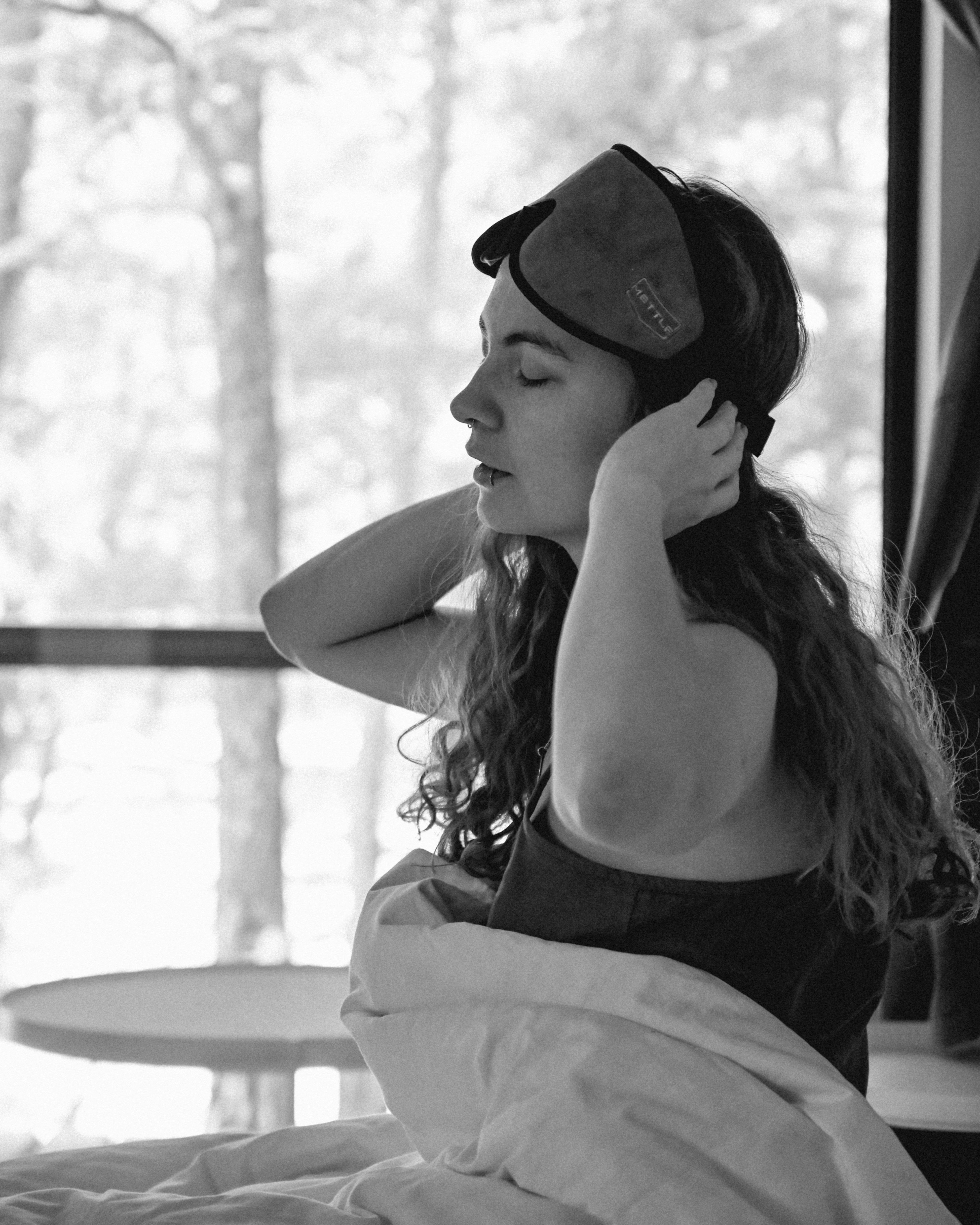Sleep Across the Lifespan: From Infants to Seniors

Sleep Across the Lifespan: From Infants to Seniors
Sleep needs and patterns change dramatically throughout life. From the frequent naps of infancy to the early awakenings of older age, each stage of life brings different sleep challenges and requirements. In this article, we explore how sleep evolves across the human lifespan and what’s considered healthy at each stage.
Newborns (0–3 Months)
- Total sleep needed : 14–17 hours per day
- Pattern : Polyphasic (multiple short periods)
- Notable features : Immature circadian rhythm, short REM/NREM cycles
Newborns spend about 50% of their sleep in REM, which is believed to aid brain development. Sleep is often fragmented and not synchronized with day-night cycles.
Infants (4–11 Months)
- Total sleep needed : 12–15 hours
- Begin consolidating nighttime sleep
- Naps reduce to 2–3 per day
The circadian system starts to align with environmental light-dark cues. Bedtime routines become more effective at this age.
Toddlers (1–2 Years)
- Sleep needed : 11–14 hours
- Usually includes one daytime nap
- Sleep resistance may begin
Toddlers may experience separation anxiety or nighttime fears. A consistent bedtime routine is crucial.
Preschoolers (3–5 Years)
- Sleep needed : 10–13 hours
- Most drop naps by age 5
- Increased imagination may lead to nightmares
Sleepwalking and night terrors can occur, as deep sleep increases during this period.
School-Aged Children (6–12 Years)
- Sleep needed : 9–12 hours
- More stable sleep cycles
- Academic stress, screen time can interfere
Good sleep is vital for learning, memory, and behavioral regulation.
Teenagers (13–18 Years)
- Sleep needed : 8–10 hours
- Natural circadian delay (later sleep/wake times)
- School schedules often misaligned with biological rhythms
Sleep deprivation is common in teens, affecting mood, academic performance, and mental health.
Adults (18–64 Years)
- Sleep needed : 7–9 hours
- Varies by individual
- Lifestyle, work stress, and technology often disrupt sleep
Adults should focus on maintaining consistent schedules and managing stress.
Older Adults (65+ Years)
- Sleep needed : 7–8 hours
- More frequent awakenings
- Earlier sleep and wake times (advanced phase shift)
Common issues include insomnia, sleep apnea, and restless leg syndrome. Sleep may become lighter, and naps may return.
Sleep Disorders at Different Ages
- Infants : Colic, sleep-onset associations
- Children : Night terrors, sleepwalking
- Teens : Delayed Sleep Phase Disorder
- Adults : Insomnia, sleep apnea
- Seniors : Fragmented sleep, increased medical conditions
Conclusion
Understanding how sleep needs evolve helps caregivers, parents, and individuals support healthy rest at every life stage. Tailoring sleep environments and routines according to age can greatly improve sleep quality and overall health.
Tags : Lifespan , Sleep Needs , Infants , Teens , Elderly




